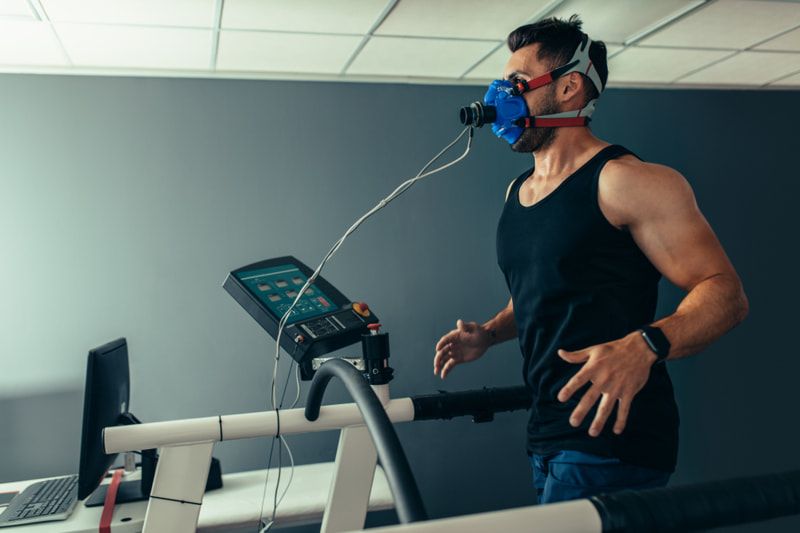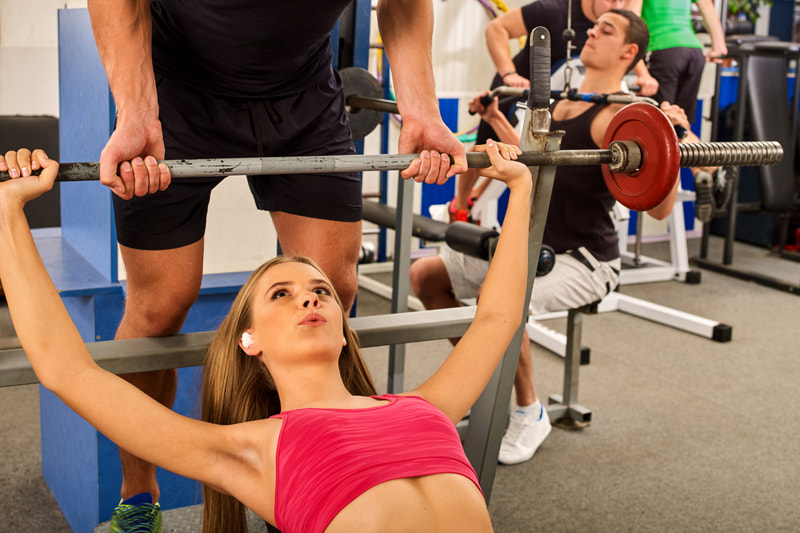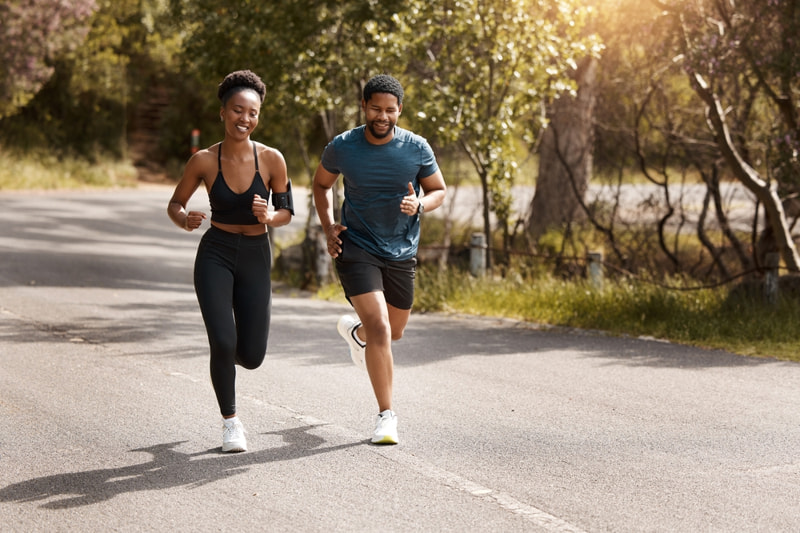
When most people think of fitness, they often think of muscles, endurance, or the number of sets completed. But what powers all movement is a system that drives it all: the lungs. Even the breath itself can dramatically impact stamina, recovery, and overall capability.
Good respiratory function assists the body in coping with stress while working out and in achieving fitness targets. When working out for strength or endurance, respiratory ability determines how much you can undertake.
Breathing is also one of the most automatic and controllable functions. That is, we can train it, as we train muscles. Modest changes in breath technique can make a big difference in how we move.
Oxygen and Endurance: The Physiology of Performance
The lungs are the entry point of the body to oxygen. Every time we breathe in, air comes in, and the oxygen gets into the blood and goes into the muscles. When muscles receive adequate oxygen, they work harder and longer.
Expanded lung ability and efficient breathing increase cardiovascular endurance. Runners, swimmers, and cyclists generally train to develop this system, enabling them to endure without tiring too soon.
In contrast, shallower breathing restricts oxygen supply. This can lead to premature tiredness, dizziness, and delayed recovery. Developing a rhythm and depth in breathing aids the body for continuous energy in sustained sessions.
Some athletes also use breath control to manage pacing. Slow and steady breaths can help conserve energy during endurance events, while stronger exhalations can match bursts of speed. Over time, these habits build consistency in training.
Breathing for Strength and Stability

Breathing does more than supply muscles with power. Breathing also balances the body during strength work. Breathing diaphragmatically, which works through the total range of the diaphragm, allows a superior oxygenation supply with an engaged core.
Winding up the torso on a breath-hold before you lift heavy weights gives stability to the spine. Conscious exhalation makes room for movement and lessens the likelihood of injury. These processes make lifts feel more solid and secure.
Breathing cues are usually incorporated by athletes in order to achieve consistency in form. This could be inhaling before effort, holding during the most strenuous part, and exhaling in a controlled manner during release. These patterns come automatically through repetition.
Breathing is also involved in stretching and movement. Taking deep breaths relaxes contracted muscles, aids in circulation, and enhances the range of motion. As simple as a complete exhalation on a stretch allows the body to extend farther without pulling.
When Shortness of Breath Signals More
It’s normal to feel winded after intense physical exertion but when shortness of breath persists long after activity ends, it may signal something more serious. While conditions like asthma, infections, or chronic obstructive pulmonary disease (COPD) commonly affect airflow and oxygen levels, it’s important not to overlook more acute causes.
One such condition is pneumothorax, a potentially serious issue where air leaks into the space between the lung and chest wall, causing the lung to collapse partially or fully. Pneumothorax can present suddenly with sharp chest pain and rapid-onset breathlessness, especially after trauma or in individuals with underlying lung disease.
For those recovering from this condition, following a structured plan is crucial. A well-structured pneumothorax recovery guide can help patients and caregivers understand the stages of healing, when to resume physical activity, and when to seek further medical advice. It also outlines what symptoms warrant concern and how to monitor breathing post-recovery.
Additionally, subtle symptoms such as wheezing, mild cough, or difficulty breathing during light activity shouldn’t be ignored. These can indicate lingering respiratory stress or complications—making early intervention essential for a full and safe recovery.
Cultivating Healthier Lungs Towards Sustainable Fitness

The lungs could be made healthier with routine training. The respiratory system is improved through aerobic conditioning, running, swimming, or cycling. The lungs are forced into adaptation by alternate intervals of intense effort and dynamic recovery through interval training.
Breathing exercises also help. Practising deep, controlled breaths builds awareness and capacity. Simple drills, like inhaling for four counts and exhaling for six, encourage steady oxygen flow and improve tolerance during workouts.
Posture is involved as well. Slouched backs and rolled shoulders restrict lung capacity. Keeping a straight posture with an open chest provides bigger breaths, complementing both cardio and strength workouts.
Lung habits count as intensely as exercise decisions. Time spent outside in fresh air, staying well-hydrated, and restricting exposure to toxins or smoke all contribute positively to respiratory fitness. Even gentle activity, including a walk or bike trip into work, keeps lungs exercised.
In order to reap long-term benefits, it is worthwhile to be careful with lung function in leisure time, too. Daily activity, minimum exposure to smoke or particulates, and periodic monitoring of health are helpful in respiratory activity. With regular maintenance, lungs can be kept strong amidst a busy lifestyle.
Conclusion
Breathing is ‘automatic’, yet in fitness it is a skill in which it is helpful to be aware of. Healthy lungs power endurance, build strength, and assist in recovery in efforts. Also, being aware when patterns in breathing are not normal can be helpful in guarding against serious problems.
Through the conditioning of muscles as well as lungs, both athletes and fitness enthusiasts are capable of creating stamina and stability. Through effective breathing, execution is smoother, and work is sustainable in the long run. Each workout is powered by the breath. Making lung health a priority doesn’t only increase function now, it protects the body later on down the line as well. Breathing well is equal to functioning well, and that is the foundation of robust fitness.
